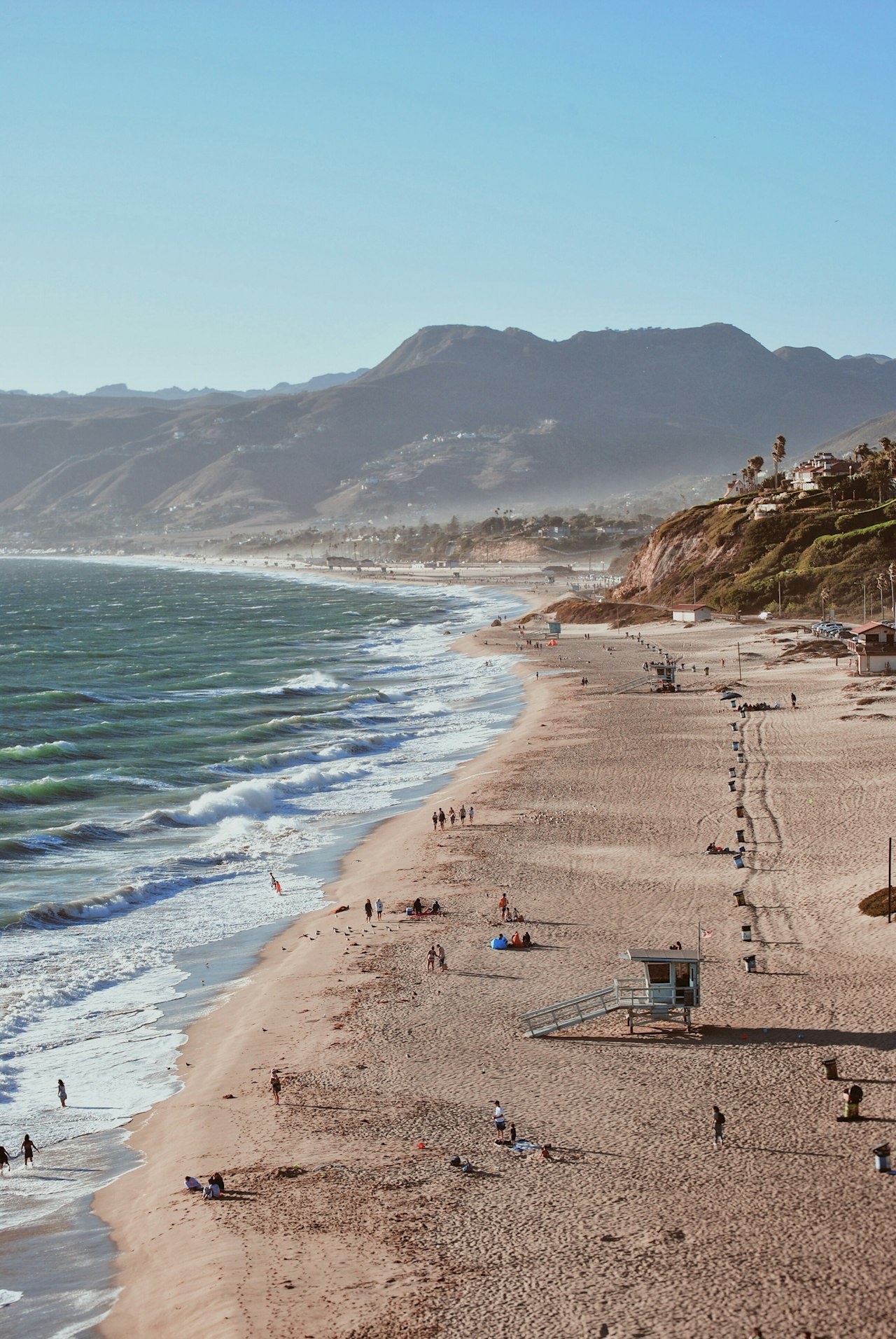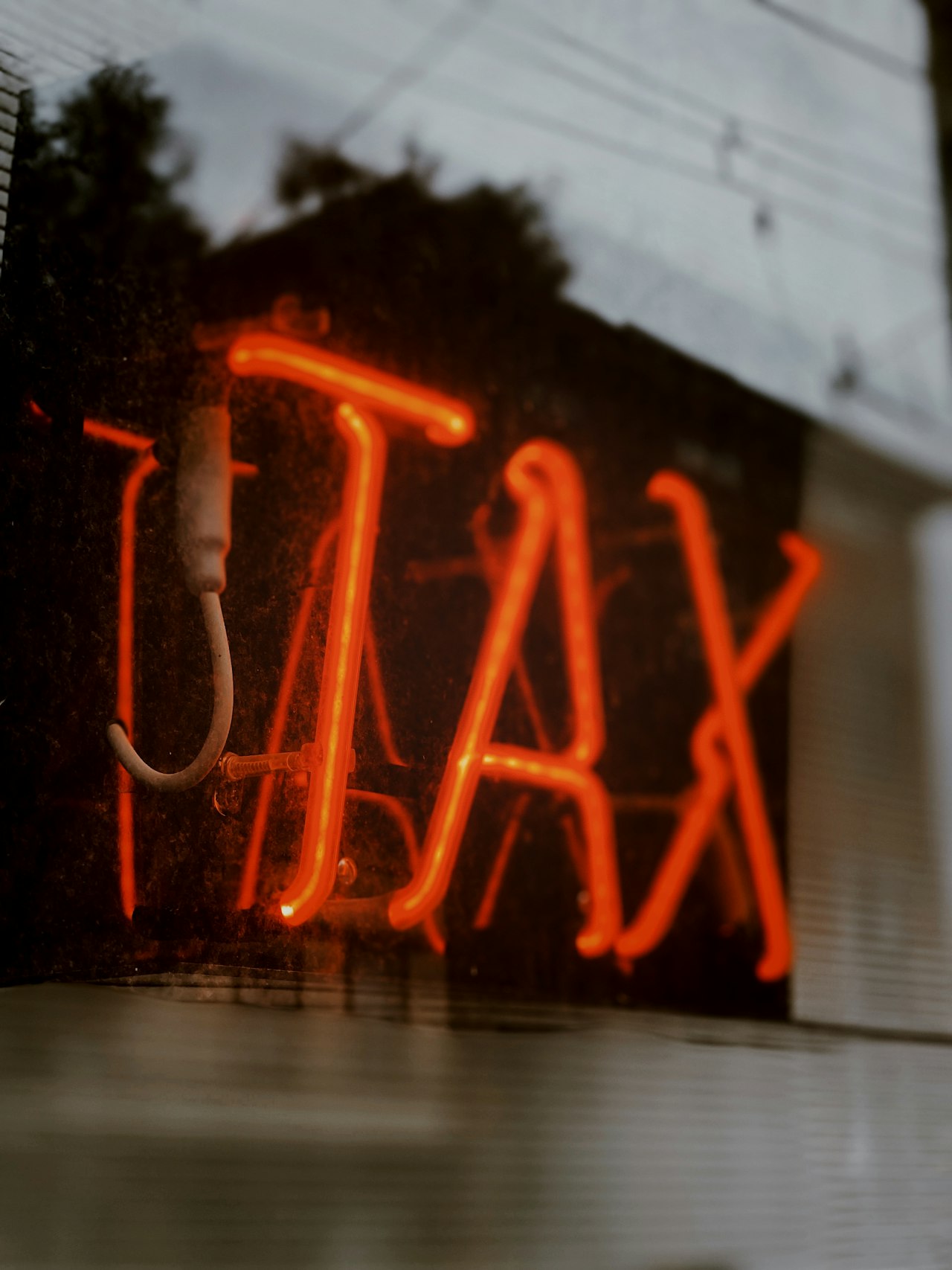CHICAGO — It was precisely when Diego Schwartzman, the second-best tennis player in Argentina, won the rapid-fire exchange of reflex-volleys at point-blank range against a Belgian whose name even chair umpires routinely botch that the genius of the Laver Cup was distilled.
Schwartzman was representing Team World in the three-day event contested here this past weekend and cheered on by Hall of Fame team captain John McEnroe and a five-man bench that included top American John Isner and Wimbledon finalist Kevin Anderson.
David Goffin, of Team Europe, was backed by a crew with a more daunting pedigree, with captain Bjorn Borg and teammates Roger Federer and Novak Djokovic boasting 45 Grand Slam singles titles among them.
What elevated this moment in a match between less-than-household names into something extraordinary was the team dynamic at the heart of the Laver Cup. With Schwartzman’s put-away volley, roughly 16,000 fans at United Center erupted in applause, and the Argentine’s 20-something teammates — Nick Kyrgios, Jack Sock and Frances Tiafoe — let out a roar, leaped to their feet, pumped their fists and broke out dance moves, then dropped for a set of celebratory pushups.
After a well-received inaugural event in Prague last year, the second iteration of the Laver Cup marked the return of pro tennis to Chicago after a 27-year absence. It drew 93,584 spectators over the five sessions and culminated in a victory by Team Europe.
Four decades after Billie Jean King pioneered a new format via World Team Tennis, the Laver Cup demonstrated anew that a team-sports twist can inject new life into a sport with a reverence for tradition that, at times, conspires against it.
“Tennis is short on team events,” said Craig Tiley, CEO of Tennis Australia, among the backers of the Laver Cup. “More and more you see millennials, and that younger generation, like to get behind stars. They like to get behind teams. And the players themselves like to participate in teams.”
The brainchild of Federer and his longtime agent Tony Godsick, the Laver Cup isn’t part of, or sanctioned by, the Association of Tennis Professionals, which runs the men’s pro tennis tour. It awards no rankings points or prize money, although players get handsome appearance fees. Yet even in its infancy, it has deep-pocketed investors — tony sponsors such as Rolex, Mercedes-Benz and Moet & Chandon — and powerful partners. They include the U.S. Tennis Association and Tennis Australia, which runs the Australian Open and is delighted to help stage a global event honoring its native son, Rod Laver.
The format pits six of the world’s top European players against six of the rest of the world’s best, who compete in two-set matches, with a 10-point tiebreaker serving as a deciding third set. With two singles and one doubles match per session, the entire event takes three days.
It has attracted star headliners as teammates. In 2017, Federer and Rafael Nadal paired for the first time in doubles. This year, Federer and Novak Djokovic, ranked No. 2 and No. 3, teamed up in doubles along with playing singles and serving as mentor and cheerleader for rising stars such as Sascha Zverev and Grigor Dimitrov.
The rare interplay among the game’s elite struck a powerful chord with fans and players alike.
“When you play singles [on the pro tour], you’re all alone out there,” said Dimitrov, a 27-year-old Bulgarian who is ranked No. 7. “It’s you, yourself and your thoughts. And now [in the Laver Cup], you never know when you can hear the right thing at the right time. It can be Roger on the side, [yelling], ‘Don’t use that shot! Use this!’ Or it can be Novak on the other side, yelling something in Serbian that I would understand.”
The all-for-one esprit of the Laver Cup stands in sharp contrast to the deep-seated conflict that roils men’s tennis.
Best for the game
For decades, tennis has struggled with the often-conflicting agendas of its many governing bodies and stakeholders. No less than seven have some say in the global schedule that spans January to November: the International Tennis Federation (which controls the Davis Cup and women’s counterpart Fed Cup); the ATP (which runs the men’s tour); the Women’s Tennis Association; and the four Grand Slams (Wimbledon and the Australian, French and U.S. Opens), which wield enormous clout and generate multimillions yet don’t necessarily speak as one.
Last summer, an eighth party entered the mix — Kosmos investment group, run by Spain’s soccer star Gerard Pique and backed by a Tokyo-based e-commerce company. It sold the ITF on a $3 billion, 25-year deal to radically overhaul the Davis Cup, the sport’s most prestigious international event, in which countries vie annually for the global title.
Also this year, the ATP and Tennis Australia announced they would revive a dormant men’s team event — tentatively called the ATP World Team Cup — to be held each January in Australia, before the Australian Open, starting in 2020.
The upshot is that overnight, it seems, men’s tennis is awash in team events — with three new or recast tournaments eyed for a five-month span from September 2019 to January 2020.
Outwardly, each has its supporters. Privately, many doubt that all three are sustainable.
“Look, there is chaos right now in tennis,” Godsick said. “But chaos leads to opportunity. I do believe that saner minds will come together and exercise their will, and there will probably be some changes to the calendar at some point.”
The casualty might be the Davis Cup, whose format, after 118 years, badly needed tweaking. For years, players have complained that its four-week demands to compete for country were too onerous. The best-of-five-set format was also ripe for debate.
But instead of compromising on half-steps, the ITF turned the Davis Cup over to Kosmos, which vowed to limit matches to best-of-three sets, stage the entire, 18-nation competition in a single week, and abandon the traditional home-and-away format for a neutral site. Major tennis-playing nations were deeply divided on the plan (the United States and France supported it; Britain, Australia and Germany opposed).
To pioneering sports agent Donald Dell, a founder of the ATP and a former Davis Cup captain, an elegy was in order the moment the votes were tallied. “You had to make change in the Davis Cup, no question,” Dell said. “But you didn’t have to cut it so deeply that it’s no longer the Davis Cup. The thing is a different animal now.”
Players have long wanted a greater voice in the sport’s calendar and the politics that drive it. Federer acknowledged during an interview in Chicago last weekend that he and Djokovic were using their downtime at the Laver Cup to discuss just that.
Asked whether he believed all three team events were sustainable, Federer said he had “a small concern, noting similarities and tight spacing between the new Davis Cup, tentatively slated for November 2019, and ATP World Cup, which would be held two months later.
“It’s hard to see those two coexisting, you know,” Federer said. “I think the good thing is . . . everybody has to get to the table and think a little bit what’s best for the game. Can we come together as a tour and figure it out?”
Godsick said he is confident the Laver Cup, with its unique format and star-wattage, will prevail long-term, even after the 37-year-old Federer retires.
“There is always going to be another superstar; there is always going to be a Number One,” Godsick said. “Roger is special. But Rafa [Nadal] is special, and Novak is special. There will always be an appetite for fans of all players to watch rivals become teammates for just one weekend.”
That’s what fans came to see in Chicago.
New dimensions
They started streaming in even before matches began, forming lines at the Fan Fest erected outside United Center for a chance to watch Federer and Zverev practice in a glass-enclosed court. Fans were admitted to the fishbowl-like, air-conditioned enclosure for roughly three-minute stints then ushered out to make way for others.
It was free. And despite the hour-long wait, it was worth it to Michael Chu, 22, a medical student at Northwestern who had come to check off a bucket-list item with two classmates.
“I had to do it,” Chu said. “I really believe we’re not going to see someone like Federer again.”
Arjun Sarkar agreed, noting the grace of Federer’s movement. “He plays tennis the way it’s meant to be played.”
But the Laver Cup revealed other sides of Federer, the 20-time Grand Slam champion. The Swiss laughed on Day 1 when Djokovic, his somewhat awkward doubles partner, drilled him in the shoulder with an errant blast and doubled over in horror, as if he’d broken Michelangelo’s David.
The event revealed new dimensions in other players, as well. Kyrgios, 23, the gifted Australian whose moodiness and petulance can make him difficult to like, proved an outstanding teammate. “Let’s go, Big Man!” he shouted. “Let’s go!” when the 6-foot-10 Isner was locked in battle with Federer.
Federer was equally invested, urging Zverev, 16 years his junior, to step deeper into the court in what proved Sunday’s decisive match against Anderson.
When Zverev finally eked out the victory that clinched the Laver Cup for Team Europe, he fell flat on his back. In a split-second, the familiar champion’s tableau turned into a group photo, as Federer, Djokovic and the rest piled on in a victorious heap.
Click Here for more information.



























































































